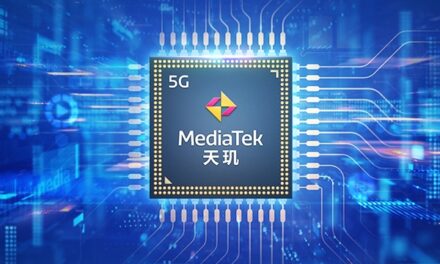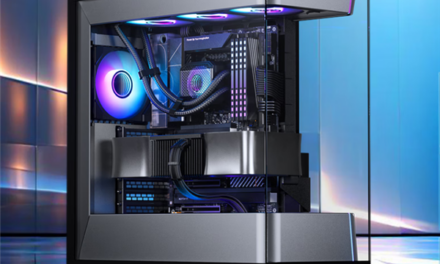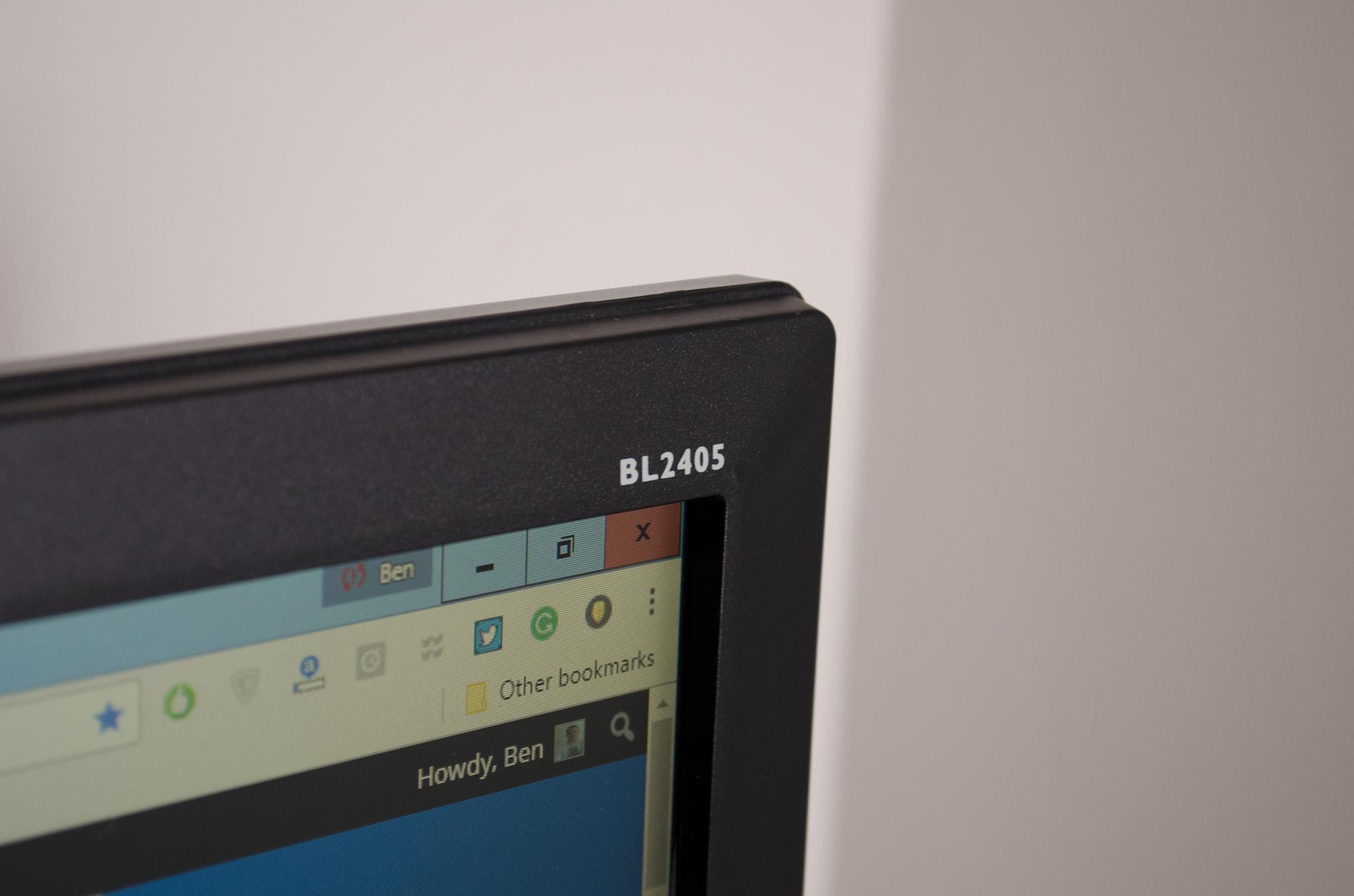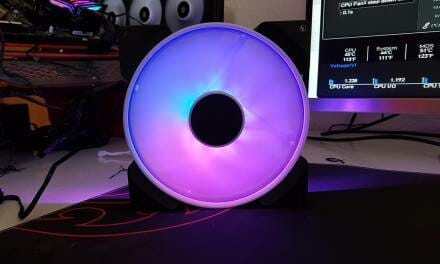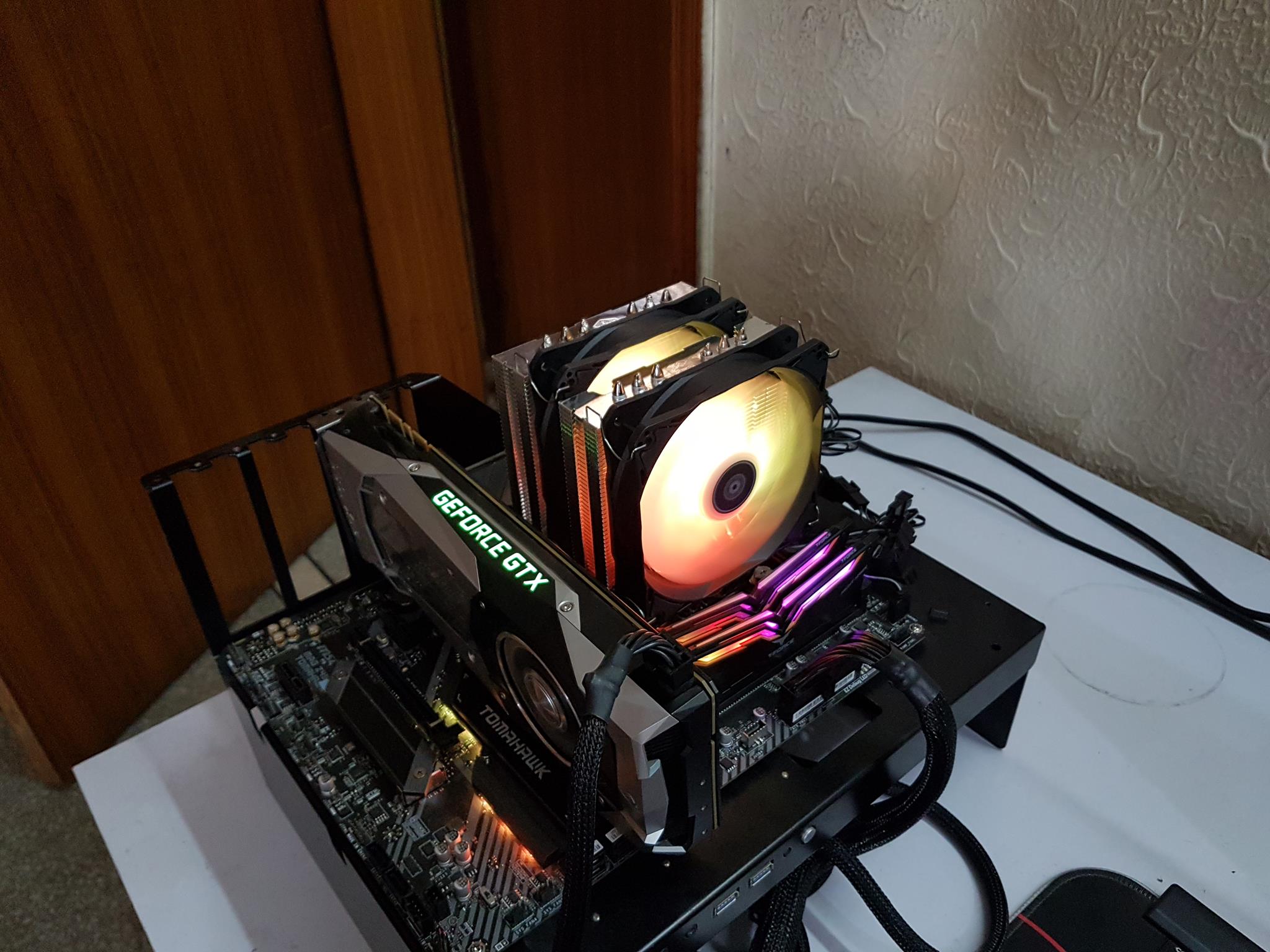
NiPoGi AM02Pro 16GB RAM, 512GB SSD Mini PC Review
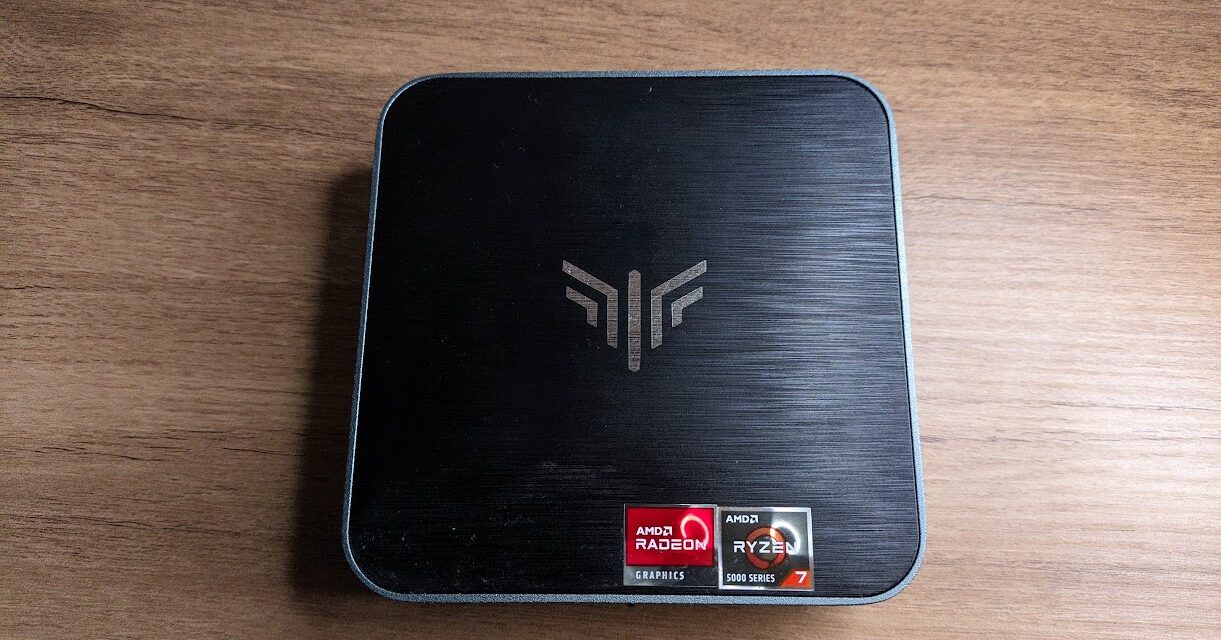
ENOS TECH VERDICT
The NiPoGi AM02PRO mini PC is perfect for the home or the office. With enough specs to pack a mid-size punch, there isn’t much it can’t offer. Whether used as a media centre machine or for school/college assignments, it’ll fit well into almost any environment. With 16GB RAM at minimum and 512GB of SSD storage, this machine is small, versatile, and has a plethora of different uses. Using only 15W of power, it’s energy-efficient and could easily be left running 24/7.
Pros
- Small and compact
- Good specification in comparison to its competitors
- Low power
- Good value for money
- Upgradeable SSD/Memory
- Windows 11 & Linux Support
- WiFi 6 Support
Cons
- SSD and WiFi/Bluetooth chipsets are a generic brand
- Sometimes a little noisy when under load
PRICING
| Amazon UK | £319 at the time of review |

NIPOGI AM02 PRO SPECIFICATIONS
| SSD Size | 512GB M.2 (Upgradeable to 2TB) |
| RAM | 16GB DDR4 (Upgradeable to 64GB) |
| Processor | AMD Ryzen 5700U (8 Core/16 Threads) with 8MB Cache |
| Display Output | 1x HDMI and 1x DisplayPort – Supports 4K @ 60Hz |
| Graphics | Integrated Radeon RX Vega 8 |
| Ports | 3x USB 3.2 Type A, 1x USB 2.0 Type A, 1x USB-C Port, 1x 3.5mm Audio Jack |
| Network Connectivity | 1x 1GB Ethernet, WiFi 6 and Bluetooth 5.2 |
A CLOSER LOOK
Unboxing the slightly bland packaging, inside we are met with a stylish-looking PC, with an HDMI cable, power brick, mounting bracket and screws.

Looking at either the left or right-hand sides, you can see the stylish-looking ventilation holes. Given that it has a metal finish, one can only hope that this helps with heat dissipation. Obviously, this makes the PC slightly heavier but it certainly does have a premium feel to it.

Looking at the back of the mini PC, you can see all of the aforementioned connectivity options. There are no loose edges and it feels well constructed.

Now a quick look at the front and you can see the 3.5mm audio jack, power button and USB-C port. All looks good here.

Looking at the logo of this PC kind of reminds me of Transformers or something along those lines. Not entirely sure why. But again it has a nice finish and will look great in any setting.

AM02Pro Teardown
With these sorts of devices, I can’t help but want to investigate more of the internals. This helps to ascertain whether the physical hardware is of good quality, or whether some cheaper components have been used.

When you take the case off one of the first things you can see is the RAM. I was actually pleasantly surprised as the manufacturer has gone for 2x Lexar PC4-3200A RAM modules. Don’t get me wrong, this isn’t the best money can buy but it’s still perfectly respectable. Sometimes you’d get an unknown/lesser-known brand in an attempt to save money, but so far so good. The brand of SSD used is hidden by the heatsink, but we’ll touch more on the performance of this later on.

The cooling fan is a bit of an unknown but it’s easily replaceable should you want something a bit more well known. By default, we get a Lescott DC 5V fan. It’s very similar to what you’d see on a laptop. This just sits on top of the heatsink. Even some of the well-known manufacturers use low-quality fans, so to be honest I’m not overly surprised.

lf we move over to the WiFi and Bluetooth card, this is where we get another slightly unknown. The card is advertised as a Cdtech CDW-C9852BE-00. Never heard of them before but it uses the Realtek RTL8852BE chipset, for which drivers exist. Even better news is that it also has Linux support with Kernel 6.2. Great if you wanted to use this as a media centre/HTPC. I haven’t seen any indication that these are BIOS-locked/restricted, so again you could potentially swap it out if you wanted to.
Operating System Support
The PC comes with Windows 11 by default, but admittedly ours had been on the shelf for a while, so we opted to do a clean build of Windows 11 24H2 as this is the latest Microsoft build of the OS. We ran into a few teething issues with a fresh build of Windows 11. A few drivers are missing, including the Wi-Fi/Bluetooth drivers.

This annoyed me somewhat, as normally Microsoft are pretty good with driver support. Searching for the WiFi driver in particular shows it’s actually available on the Microsoft Catalog. So why it’s not in Windows itself, I have no idea. To install it’s a case of downloading the .CAB file, double-clicking it and extracting the file. You can then right-click on the INF file to install it and then reboot. Voila, working WiFi and Bluetooth. More work than it needed to be, but if you’re struggling with a clean build then this might just get you out of trouble if you can’t plug a network cable into it.
After a reboot, we ran the AMD Autodetect Driver Tool to pick up the chipset/motherboard drivers correctly and after another reboot, all drivers are now showing as installed. So make sure you have this ready to go as soon as you have the machine connected to the outside world. We now have a nice clean build of Windows 11 24H2 ready to go. Time for a beer.

The next thing I did was grab an ISO of Linux Mint, just to test the state of the driver support under Linux and boy was I pleasantly surprised. Linux Mint installed everything correctly on the first boot-up of the ISO, never mind actually installing it. Linux has a reputation for poor/flaky driver support, but not here. This little gem of a PC worked straight away.

Bluetooth also worked from the get-go which I was pleased to see. Now depending on which Linux distribution you opt fo, you might get slightly different results, but Linux Mint really shows Microsoft how it’s done here. Not bad at all. I’d definitely consider the Linux route if you are thinking of using this as a Plex/Emby/Jellyfin server etc.

Just a quick look at the System Info tab and everything appears to be detected and working nicely. You’re ready to go. One thing I liked was after doing the initial install, Linux Mint remembered what WiFi network I chose on the Live ISO and applied it to the installed operating system.
Performance
Now this isn’t the latest chipset or iteration of Ryzen processor, so we’ll keep this short and sweet as it’s already been benchmarked all over the internet. The first thing I wanted to identify was what SSD was hidden under the heatsink earlier (without me physically having to take the heatsink off and then fix it afterwards).

Apparently, we have a “MasonSemi” SSD here. Not one I’ve personally ever used before and it does make me a little apprehensive, especially if I was going to be storing any critical data on here. I couldn’t find much information in terms of real-world testing or reliability stats online. So this is definitely one component I would think about replacing. Don’t get me wrong, it might be absolutely fine long term, but I just wouldn’t risk it personally. I can see why the manufacturer has gone down this route to save costs, but I’d rather pay an extra £20-£30 and get a machine with a reputable SSD/NVME included.

Next we used CrystalDiskMark to benchmark the drive itself, and the results were surprisingly okay. As I mentioned this is a cheaper Chinese NVME, so you can’t expect miracles but still plenty good enough for copying data to/from this little machine. Just make sure you always have a backup of any mission-critical data.

Something else I wanted to check was the temperature of this little powerhouse machine. Idling at around 45c is perfectly acceptable, probably helped by the metal finish on the case and around the vents. Under some heavy load, it peaked around 70c which is still within perfectly acceptable limits.
Now these little machines, although they aren’t gaming PCs by any stretch, you can get surprisingly good results with some titles. We’ve composed a little table that shows you what you can expect.
| Game | Settings Presets/Average FPS Expected |
| Fortnite | 1080p at medium settings will get you around 60 FPS |
| Counter-Strike 2 | 1080p at medium settings will get you around 60 FPS. Changing to 720P may get results around 80-100 FPS |
| League of Legends | 1080p at high settings will get around 80-100 FPS |
| Minecraft | 1090p with Fancy graphics preset will average between 60-80 FPS |
Emulation of older consoles is possible on this chipset and you should get good results with Gameboy, Playstation 2, Gamecube, Wii, PSP and possibly some other consoles. Emulation is a grey area overall, so isn’t something we’ll cover in this article, but this PC can handle a lot of different setups. You’ll need to do your homework on this one and let us know how you get on. But please don’t think you can buy a NUC style PC and think you can play the latest triple-A titles, as they just aren’t cut out for that.
FINAL WORDS
This is a perfectly capable NUC-style PC which can handle an assortment of tasks, whether it be office work, acting as a home media centre machine, or some light gaming/emulation. There really isn’t a lot it’s not suited for. I am not a fan of the included NVME/SSD hard drive. But it’ll do the job well enough for now. Being upgradable is a nice touch, supporting up to 64GB of DDR4 RAM and upgrade options on both the hard drive and WiFi/Bluetooth chipset are a nice consideration to have.
If you need a machine that isn’t going to take up space and precious room, then this is one to consider, whether it be for home or the office. Support for Windows 11 and Linux means there are plenty of choices and considerations for your preferred operating system.










